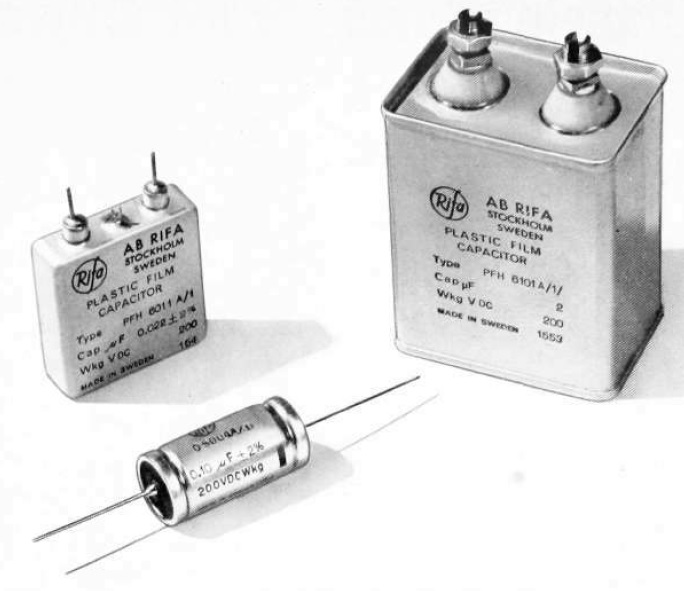Is it safe to collect telephones?
[Do telephones contain PCBs (polychlorinated biphenyls)?]
The November 2018 edition of The Exchange contained an article by Jack Ryan called Collecting Telephones - the Dangers of PCBs. The article addressed the identification of capacitors containing PCBs (polychlorinated biphenyls) and noted that the current view, held by environmental and occupational health organisations across the world, that “all capacitors from the 1950s, 60s and 70s contain PCBs” is neither useful nor necessary. It went on to state that using some basic information and common sense, suspect capacitors could be identified.
 Typical PCB Warning Sign - Image Source: Smartsign.com
Typical PCB Warning Sign - Image Source: Smartsign.com
Using manufacturer’s catalogues, industry publications, a hazardous material audit published by Western Electric and some common sense, the article concluded that (except where stated):
“There is no proof that PCB capacitors were not used in telephones or exchange equipment but there is significant circumstantial evidence.” and “it is very unlikely that PCB capacitors were used in telephones, switching or transmission equipment”.
It went on to warn that:
“These capacitors are unlikely to contain PCBs but may contain other toxic materials. Synthetic paraffin wax (eg Halowax) was used in many capacitors between about 1940 and 1950 and these are a toxic chlorinated naphthalene."
With care and recognising the small amounts of potentially toxic materials contained in these capacitors, it is possible to work with your collection safely.
In the January 2019 edition of The Exchange there was a full page “clarification” of the November article that claimed:
“…however the conclusion is misleading. There are some issues that need to be elaborated.”
The “clarification” referred to the same environmental and occupational health documents referred to in the original article but contained no new evidence. It did contain some incorrect statements – for example:
"The likelihood that an old capacitor has PCB is about even. The published list of capacitors shows about half contained PCB."
This statement is logically flawed. It is equivalent to saying that in 1918 approximately half the population were female therefore, there is an even chance that a front line solder in the Australian Army was female.
"Since 1929 when PCB became commercially available there has been a million tonnes produced worldwide."
There is no correlation between the quantity of PCB produced and its application.
"Telstra Australia removed large quantities of still functional equipment in the late 1990s and early 2000s because this was known to contain capacitors with PCB."
Where is this documented? How was it known that the equipment contained PCB capacitors? What was the equipment that was removed? Is it possible that Telstra removed certain equipment because the environmental and occupational health organisations directed them to do so based on the possibility that the equipment might contain PCBs?
It is hard to prove that PCB capacitors were not used in telephones or exchange equipment – proving a negative is difficult. Proving that they were used, however, is extremely easy – it just takes one documented example.
It was not the purpose of the article to prove that PCBs were not used, it was to quantify the risks to the collector. If you have any documented evidence of PCB capacitors being used in telephones or exchange equipment (other than in power generation, power factor correction, lighting ballasts and electric motors), please let the editor know.
Until there is evidence to the contrary, the original conclusion needs no clarification.

.jpg)
